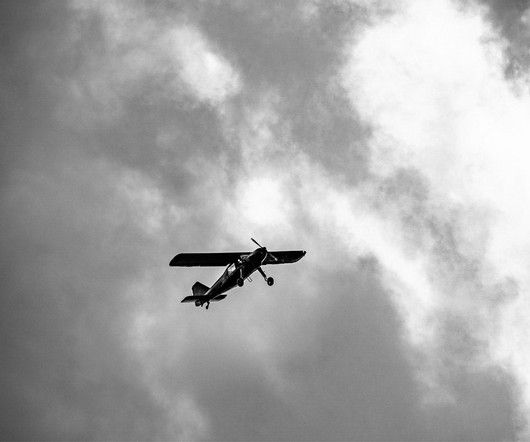Mach Number Explained: What It Is and Why Pilots Use It
Pilot Institute
JULY 11, 2025
Key Takeaways Mach number is a dimensionless ratio of true airspeed to local speed of sound. Mach number is simply a ratio of your true airspeed to the local speed of sound. Since it’s a ratio, it doesn’t matter if you measure speed in knots, miles per hour, or meters per second. Here’s why. What Is Mach Number?
















Let's personalize your content